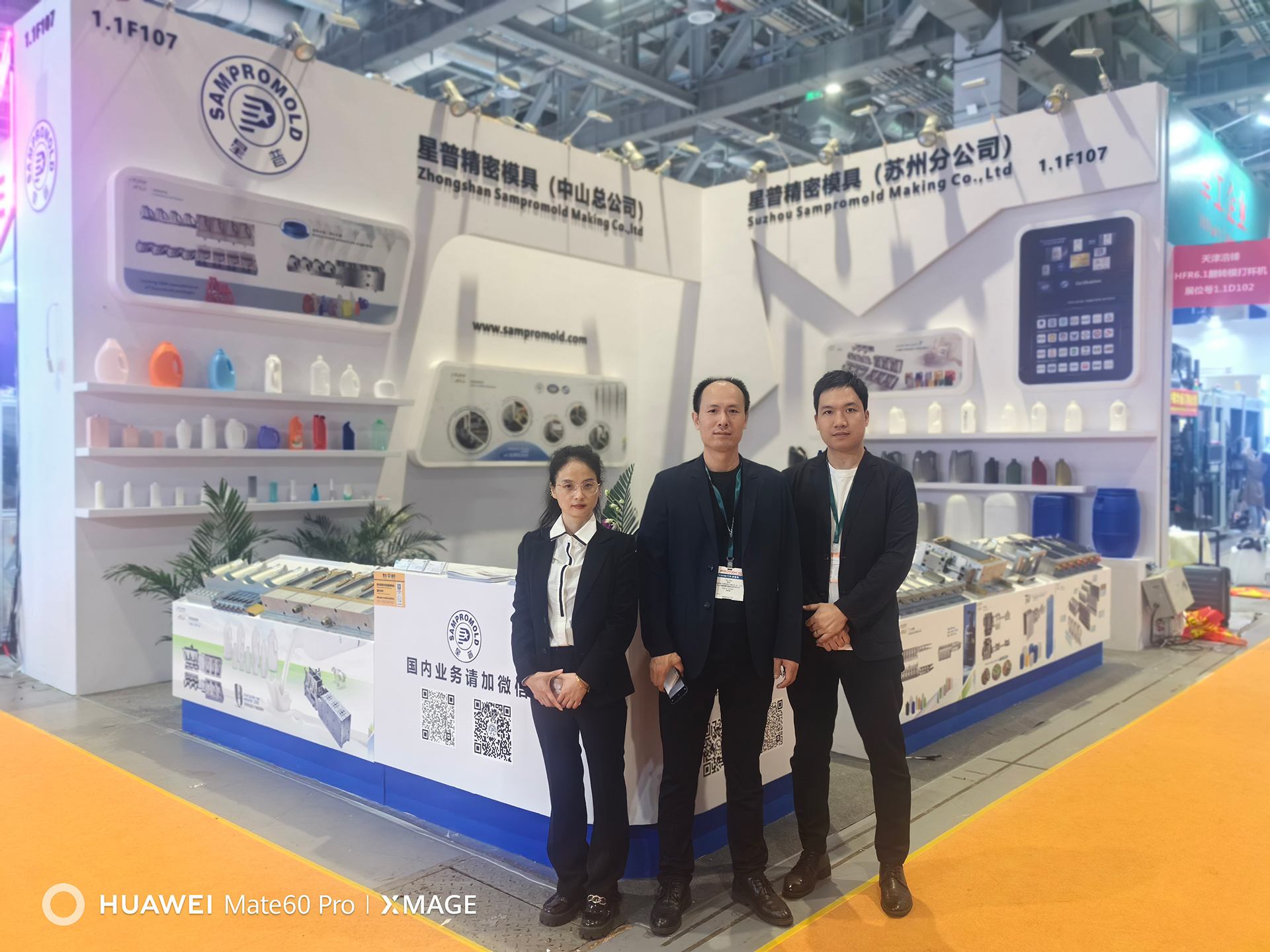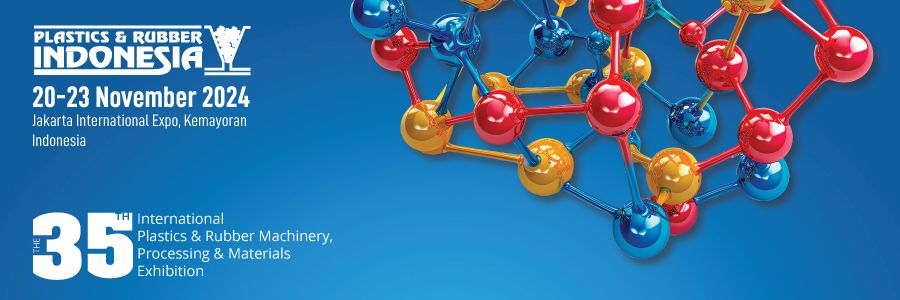Transforming Your Production Line with a New Blow Mold Tank
Time:
2025-03-13
A blow mold tank is an essential component in blow molding machinery. It typically consists of a mold, heating elements, and a cooling system, working together to shape molten plastic into desired forms. The process begins with the extrusion of plastic, which is then heated and introduced into the mold. Air pressure expands the plastic into the cavity of the mold, creating a final product that meets precise specifications.
The Evolution of Blow Mold Technology
Blow molding technology has made significant strides over the past few decades. Early machines were simple, often producing only basic shapes. However, today’s advanced blow mold tanks incorporate sophisticated technology, allowing for greater efficiency, improved energy use, and enhanced product quality. Innovations such as computer numerical control (CNC) systems and automated process monitoring have transformed the industry.
Benefits of Upgrading to a New Blow Mold Tank
Investing in a new blow mold tank can bring a multitude of advantages to your production line. Here are some key benefits that justify the upgrade.
1. Enhanced Production Efficiency
New blow mold tanks are designed with modern technology that optimizes production cycles. Faster heating and cooling processes mean reduced cycle times, allowing you to produce more units in less time. This efficiency translates directly to increased output without sacrificing quality.
2. Improved Product Quality
Quality control is paramount in manufacturing. New blow mold technologies allow for tighter tolerances and better consistency in product dimensions. With enhanced mold design and materials, your products will exhibit superior strength and durability, appealing to customers and reducing returns.
3. Energy Savings
Modern blow mold tanks feature energy-efficient designs that reduce electricity consumption. By utilizing advanced heating and cooling systems, manufacturers can significantly lower their energy bills. This not only contributes to cost savings but also aligns with sustainability goals, as reduced energy use leads to a smaller carbon footprint.
4. Flexibility in Production
The versatility of new blow mold tanks allows manufacturers to produce a wider variety of products. Whether you’re producing bottles, containers, or complex shapes, modern blow mold systems can be easily adjusted to accommodate diverse manufacturing needs. This flexibility ensures that your production line remains competitive and responsive to market demands.
5. Enhanced Safety Features
Safety is a critical concern in manufacturing environments. New blow mold tanks come equipped with advanced safety features, including automated shutdown systems and improved ventilation. These enhancements reduce the risk of accidents and protect your workforce, fostering a safer workplace.
Key Features to Look for in a Blow Mold Tank
When considering the purchase of a new blow mold tank, several key features should be evaluated to ensure you select the most suitable equipment for your production line.
1. Material Compatibility
Different products require different types of plastic. Ensure the blow mold tank you choose can handle the materials you plan to use, whether they be polyethylene, polypropylene, or other specialized plastics.
2. Automation Capabilities
Automation has become a vital component of modern manufacturing. Look for blow mold tanks that offer automation options, such as automated feeding systems and programmable controls, to streamline operations and reduce labor costs.
3. Maintenance Requirements
Consider the maintenance needs of the blow mold tank. A machine that is easy to maintain will minimize downtime and keep your production line running smoothly. Look for features such as easy access to components and user-friendly maintenance protocols.
4. Size and Footprint
Assess the size of the blow mold tank and ensure it fits within your existing production space. A compact design that maximizes efficiency without taking up excessive floor space is ideal for many manufacturing facilities.
5. Cost Considerations
While investing in a new blow mold tank can be costly, it’s essential to weigh the initial investment against long-term benefits. Calculate potential savings from increased efficiency, reduced energy consumption, and improved product quality to determine the overall return on investment.
Integrating the New Blow Mold Tank into Your Production Line
Once you’ve chosen a new blow mold tank, the next step is integrating it into your existing production line. This process requires careful planning and execution to ensure a smooth transition.
1. Assessing Current Production Needs
Before integrating new equipment, evaluate your current production processes. Identify any bottlenecks or inefficiencies and determine how the new blow mold tank can address these issues. This assessment will help you tailor the integration process to meet your specific needs.
2. Training Your Team
Proper training is crucial for maximizing the benefits of your new equipment. Organize training sessions for your team to familiarize them with the new blow mold tank's features and operation. Well-trained staff will ensure that the machinery operates efficiently and safely.
3. Testing and Calibration
After installation, conduct thorough testing and calibration of the blow mold tank. This step ensures that all systems are functioning correctly and that the equipment meets production specifications. Testing also provides an opportunity to identify any adjustments needed for optimal performance.
4. Continuous Monitoring and Maintenance
Once the new blow mold tank is operational, implement a routine monitoring and maintenance schedule. Regular inspections and maintenance will help prolong the life of the equipment and maintain high production standards.
Real-World Case Studies of Successful Implementation
To illustrate the transformative potential of a new blow mold tank, let's explore some real-world examples of companies that successfully integrated this technology into their production lines.
Case Study 1: A Beverage Manufacturer
A leading beverage manufacturer faced challenges with outdated blow molding equipment that hindered production efficiency. By upgrading to a new blow mold tank, the company reduced cycle times by 30%, allowing them to meet increasing market demand for their products. Additionally, the improved product quality resulted in a significant decrease in returns and customer complaints.
Case Study 2: A Personal Care Products Company
A personal care products company struggled with high energy costs and inconsistent product quality. The implementation of a modern blow mold tank equipped with energy-efficient technology led to a 25% reduction in energy consumption. Moreover, the enhanced precision of the new equipment improved product quality, leading to increased customer satisfaction and brand loyalty.
Integrating a new blow mold tank into your production line can significantly enhance operational efficiency, product quality, and overall competitiveness in the marketplace. By understanding the technology, benefits, and best practices for implementation, manufacturers can transform their production processes and achieve lasting success. Investing in modern blow molding technology is not merely a trend, but a strategic move towards a more efficient, profitable future.
RELATED NEWS













